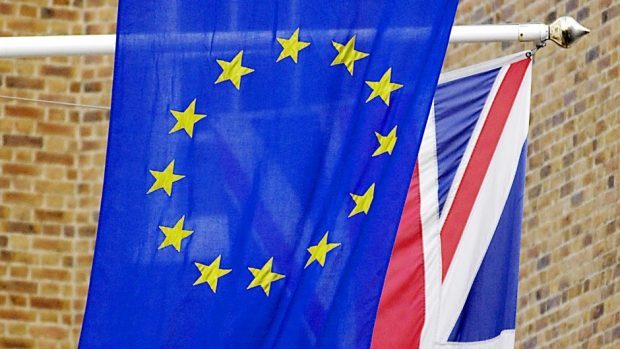A new report has claimed that a decision to leave the European Union could be legally reversed at any point during the withdrawal negotiations.
Experts told the House of Lords EU committee that a member state could change its mind right up to the point when an exit agreement took effect.
While technically possible, such a move would have “substantial” political consequences, as the report noted.
Particularly, it would necessitate a second referendum to seek the support of the British people for the altered course.
The report – on the process of withdrawing from the EU – also warned that a vote for Brexit would throw into doubt the rights of hundreds of thousands of British ex-pats.
And it cautioned withdrawal would mean “difficult and lengthy negotiations”.
Former Tory MP, Lord Boswell, who chairs the committee of peers, said: “We don’t take a view on whether the UK should leave the EU or not.
“But it is clear that if that’s what people decide, withdrawal would mean difficult and lengthy negotiations.
“It’s not possible to predict exactly how long it would take, but comparable international trade deals have taken on average between four and nine years.”
Derrick Wyatt QC, emeritus professor of law at Oxford University, and Sir David Edward QC, a former judge of the EU’s Court of Justice, both gave evidence to the committee on Article 50 of the Treaty on European Union.
This provides for a member state’s withdrawal “in accordance with its own constitutional requirements”.
The experts agreed a change of heart was permitted up to the date on which the withdrawal agreement took effect.
Only then would a request to rejoin be subject to the same procedures as any other applicant.
Prof Wyatt said: “There is nothing in the wording to say you cannot. It is in accord with the general aims of the treaties that people stay in rather than rush out of the exit door.”
Sir David added: “It is absolutely clear that you cannot be forced to go through with it if you do not want to, for example, if there is a change of government.”
Ukip’s leader in the Lords, Lord Pearson of Rannoch, attacked the report as “partial nonsense”, describing the chamber as “a very Europhile place”.
